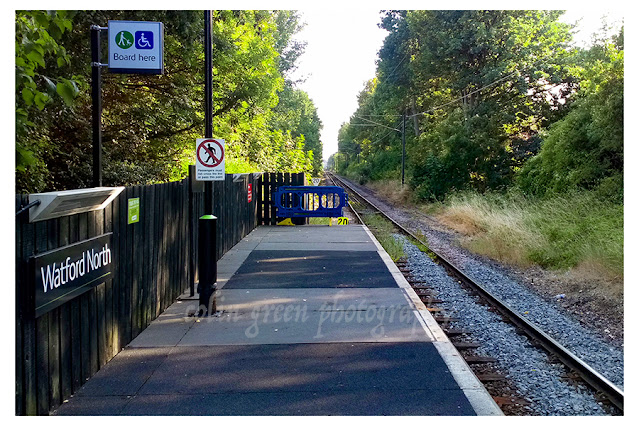Nestled in the Hertfordshire suburb of North Watford, Watford North railway station holds a quiet significance. It's the very first stop on the Abbey Line, a charming branch line that meanders from Watford Junction to St Albans Abbey. You'll find it right next to the Bushey Mill Lane Level crossing.
While the line connecting Watford Junction to St Albans first opened its doors in 1858, Watford North station itself didn't arrive until October 1910. Back then, it was known as Callowland, reflecting the developing residential and industrial landscape of north Watford. This name stuck until 1927, when it was aptly renamed North Watford, a title it's proudly held ever since.
For decades, Watford North has stood resilient. It’s been unmanned since the infamous Beeching cuts of the early 1960s and has bravely fended off numerous closure threats over the years, a testament to its enduring role for local residents.
There have been whispers and plans for improvements along the Abbey Line and at the station in recent years, though none have come to fruition just yet. Ideas have included a nearby passing loop to boost service frequency from the current 45-minute intervals to less than 30, and even a proposal to run trams along the route. There was also a notable plan to extend the branch line to terminate at St Albans City Railway Station, which would undoubtedly enhance connectivity.











































































